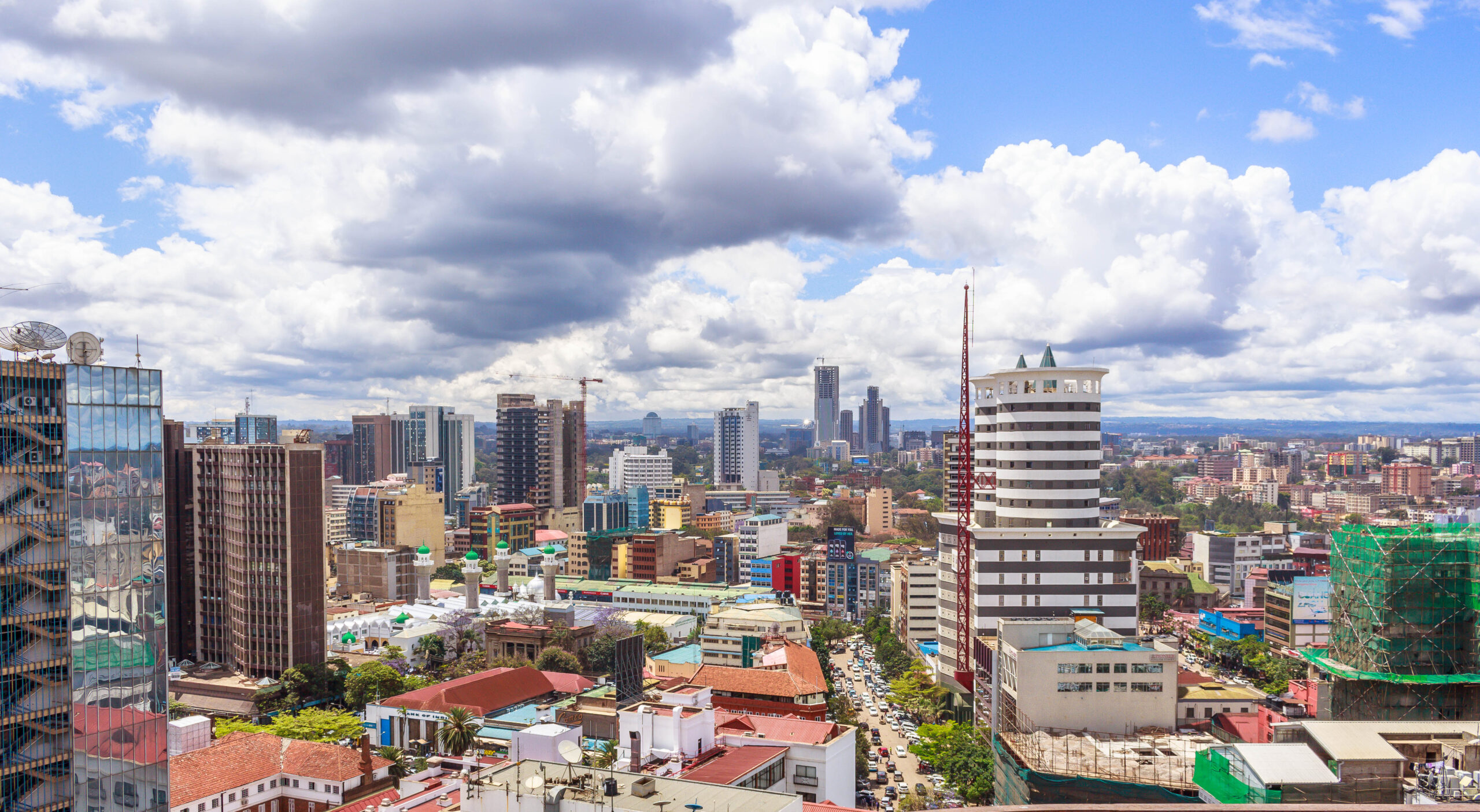
It cannot go unnoticed that the global economy has entered a prolonged slowdown phase; as the World Bank stated in its 2023 report, ‘Nearly all the forces that have powered growth and prosperity since the 1990s have weakened.’ Before the COVID-19 pandemic, global economic growth was slowed by an ageing population, declining productivity, and growing trade barriers. However, these factors, combined with the triple back-to-back shocks: the pandemic, the Ukraine war, and persistently high inflation, have been and continue to be a cause of concern for the condition of the global economy and its growth prospects.
China hailed as ‘the engine of the global economy,’ altered the composition of international trade with its export contribution while surpassing the U.S. as the key trading partner for several states, as evidenced by its 14 per cent GDP increase from 1990 to 2023. However, China faces domestic issues that threaten global growth more severely.
Its economic success up to now was powered by the demographic profile of its mass population, specifically the abundance of young workers. While the Chinese economy has gained from this demographic advantage, such an edge is nearing disappearance owing to one factor: an ageing labour force. Notably, this is due to the government’s one-child policy, which has now erased that demographic advantage and leaves the country short of workers it once had in abundance. According to the World Health Organization, China has ‘one of the fastest growing ageing populations in the world,’ with over 60s forecast to represent 28 per cent of the population by 2040 owing to longer life expectancies and lower fertility rates. Consequently, China’s economy is expected to slow as it attempts to deal with this emerging issue; thus, reliance on China to power the global economy is likely to be limited.
Who could fill China’s shoes – an opportunity or threat?
Some suggest that India could be the successor to China. Why not? Considering their advancement in becoming one of the fastest-growing economies and boasting the most populous country globally, it seems a suitable fit. However, the harsh reality is that the same demographic constraints grappling with China ‘is now hobbling its fellow Asian giant,’ with India also facing an ageing population and low fertility rates compared to before, as in 1977, the fertility rate was five births, whereas in 2021, the rate dropped to 2.
Who else can we depend on? Contrary to China and India, Africa is an outlier in terms of fertility rates and is experiencing some of the world’s highest, burgeoning youthful populations. Despite the notion that China’s slowed economic growth threatens the global economy, I do, however, believe this situation presents more of an opportunity to unlock Africa’s economic potential by capitalising on its strategic geographical location to facilitate global trade as well as its vast natural resources. Therefore, Africa could collectively spearhead renewed efforts to revitalise the global economy by leveraging its youth dynamism alongside its location and resources.
Further, the African Continental Free Trade Area (AfFCTA) agreement, which creates the largest free trade area worldwide, connecting 1.3 billion people across 55 countries aiming to progress intra-African trade, could assist Africa in becoming a key player in the global economy. If Africa encourages internal consumption through trading more among its member states and decoupling from old colonial trade routes, such improvement in intra-African commerce advances the prospects of the continent as well as African industrialisation.
Despite the positive economic outlook for Africa, an alternative approach is required, one that does not follow the West’s early industrialisation model heavily reliant on fossil fuels, no longer appropriate today due to The Anthropocene’s effects. Certainly, Africa’s carbon emissions are tiny in contrast to China which emits the highest proportion of greenhouse gases, though, at the core of it, Africa would not want to be undoing the benefits that come with climate mitigation efforts made by other countries. Therefore, growth in Africa must be clean.
Is it as simple as that? – barriers to African economic development and conclusion
Although the path for Africa to power the global economy appears straightforward, the truth is that African development has suffered over the years due to internal conflicts, from civil wars to genocides, which pose the greatest obstacle to African prosperity. It is time for the leaders of their respective African nations to forsake their self-interest for the collective good of the continent. It is now that Africa can capitalise on its demographic advantage while others cannot, thus placing its footing in the global economy and sustaining it as a key player. Ultimately, for decades, Africa has been seen through the lens of its colonial past rather than that of its potential future. It is now time for it to make a seismic change.
Image: Mid-day skyline landscape photography of Nairobi, the capital city of Kenya by Daniel Kandie, 2019 // CC0



Average Rating